How do I secure the sheet to the mattress?
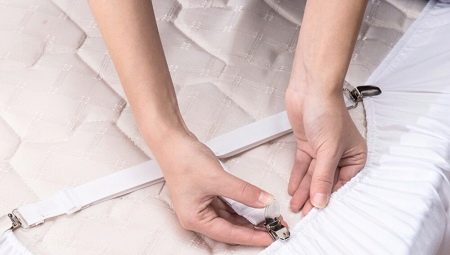
A sheet slipping during sleep causes discomfort and leads to lack of sleep. It gets lost in the lumbar region, gets tangled in the legs and makes the person get out of bed and straighten the bed. This problem is especially common among the owners of modern orthopedic mattresses covered with slippery satin fabric and leather sofas. However, this problem can be easily solved using simple and affordable methods.
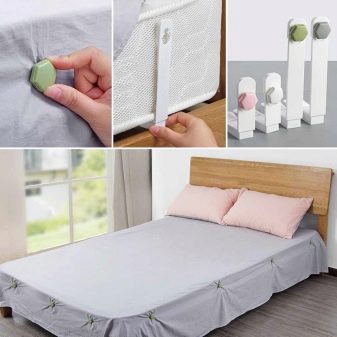
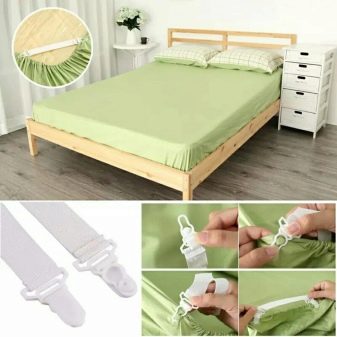
Why is the sheet slipping?
Some of the most common reasons for knocking down sheets are:
- slippery upholstery on a sofa or mattress;
- restless sleep with frequent changes in body position;
- mismatch of the size of the mattress and sheet;
- an error in the choice of material for bed linen;
- careless bed making;
- too high temperature in the room, provoking severe sweating and, as a result, adhesion of the sheet to the body.

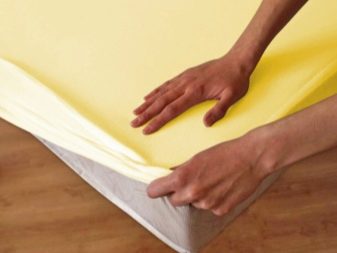
How to fix by holders?
You can fix the sheet on the mattress using special holders, which are of several types.
Triple
Holders are a T-shaped structure, sewn from three strips of durable fabric with metal or plastic clips at the ends. In order to fix the sheet on the bed, its angle is fixed at three points, after which the holder is placed under the mattress. Do the same with the remaining three corners of the canvas, evenly tightening the sagging areas and straightening the folds. The advantages of triple holders include the ability to securely hold the fabric, a wide range of colors and ease of use.

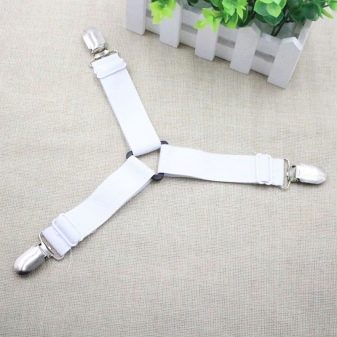
Among the shortcomings, a high load on the material is noted, which often leads to a reduction in the service life of bed linen.
Double
Such holders are in no way inferior in efficiency to triple holders and are of 2 types.
- The first are long, wide elastic bands., similar to suspenders for trousers and equipped at the ends with two crocodile clips. In order to prevent the sheet from slipping, it is better to take 4 holders at once. They are hooked onto the edges of the sheet, extending from the back of the mattress, while 2 are arranged in length and 2 in width. You can do with two holders, placing them crosswise and fixing the sheet at the top, bottom and sides exactly in the middle. The advantages of double holders include high efficiency of use, and the disadvantages are rapid wear of the fabric, due to the presence of sharp teeth in the "crocodile".
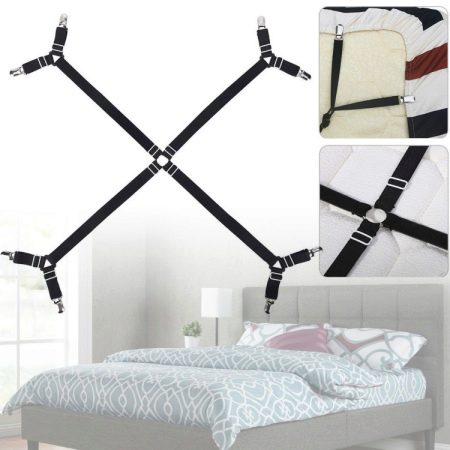
- The second type of double holder is represented by short models equipped with clips at the edges. According to the principle of use, they resemble triple holders, only they grab the corner of the sheet not in three points, but in two. The advantage of such fasteners is a more careful attitude to the material, the disadvantage is a less clear fixation of the canvas. In addition, the loose corner of the sheet strives to straighten out all the time, which is why it has to be constantly refilled.
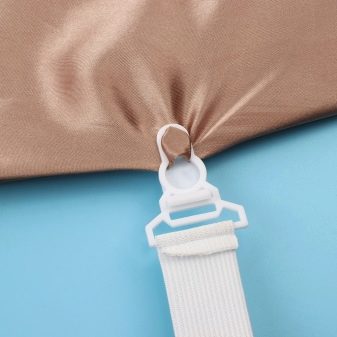

How else can you attach?
In order for the sheet to hold well on the bed, you can use the tools at hand that are available in every home. A linen elastic band, buttons, crocodiles for curtains, pins and stationery clips will help to keep the material on the slippery mattress.
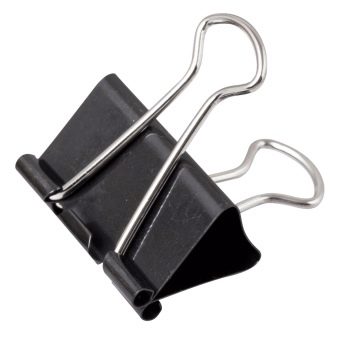

Elastic
An elastic band, which you can buy at any craft store, is the easiest and most effective way to secure your sheets.
- The simplest thing is to put short pieces of elastic at the corners of the fabric using the principle of double holders and sew to the material on the sides, not far from the corners. Sewn-on elastic bands from 4 corners are brought under the mattress, the free corner of the sheet is tucked in there and the sheet is straightened.
- The second method requires a large amount of elastic and consists in making a semblance of a half-cover with its help. Such models are widely represented on the textile market, but you can make them yourself at home. To do this, spread the sheet on a flat surface and place an elastic band around the perimeter, retreating 1.5-2 cm from the edge. Then the material is wrapped around an elastic band, applied by hand, and then sewn on a typewriter.
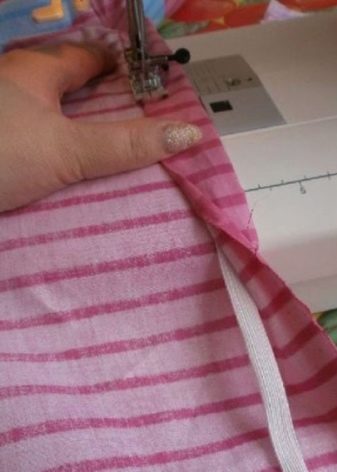

In this case, it is necessary to ensure that the machine line does not touch the elastic, and that it can move freely. Further, the ends of the elastic are tightened a little, sewn together and cut off the excess.
A sheet with an elastic band is put on the surface according to the principle of a half-cover, leading the edges of the sheet under the mattress. Instead of an elastic band, you can use a thin satin braid and tighten it every time you change the sheet.
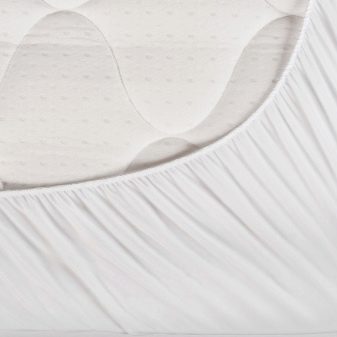
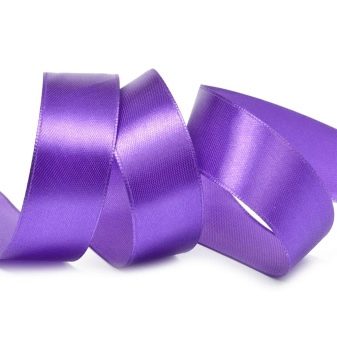
Using threads
To prevent the sheet from slipping on the mattress, it can be sewn on. To do this, the canvas is taken in large stitches around the perimeter of the mattress, thus fixing it from all sides. The advantage of this method is high efficiency, and the disadvantage is the high labor intensity of the process, since with each change of linen, the procedure will have to be repeated anew.
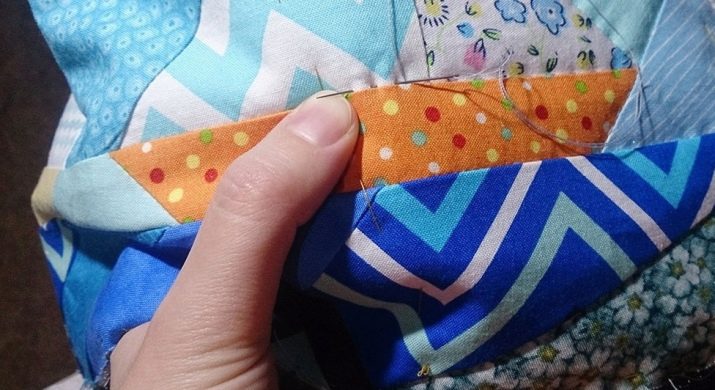
With buttons
Unlike the previous one, this method allows you to reliably attach the sheet to the mattress, only once, spending a certain amount of time. Buttons are sewn round to the mattress, after which the sheet is spread and the places for the loops are marked. Then, loops are made from a durable elastic band and sewn to the sheet. Instead of buttons and loops, you can use a textile fastener or, as the common people call it, Velcro.
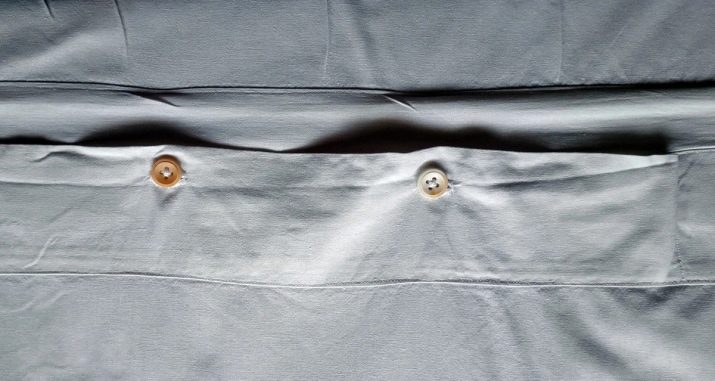
However, it should be borne in mind that Velcro, after several washes, partially lose their ability to stick to the base, while the buttons can last for a very long time.
Stationery Clips
Factory holders can be replaced with homemade clamps made of wide rubber bands and paper clips. A significant disadvantage of stationery clamps is that they do not have teeth, because of which the fixation of the tissue with their help will be much weaker.
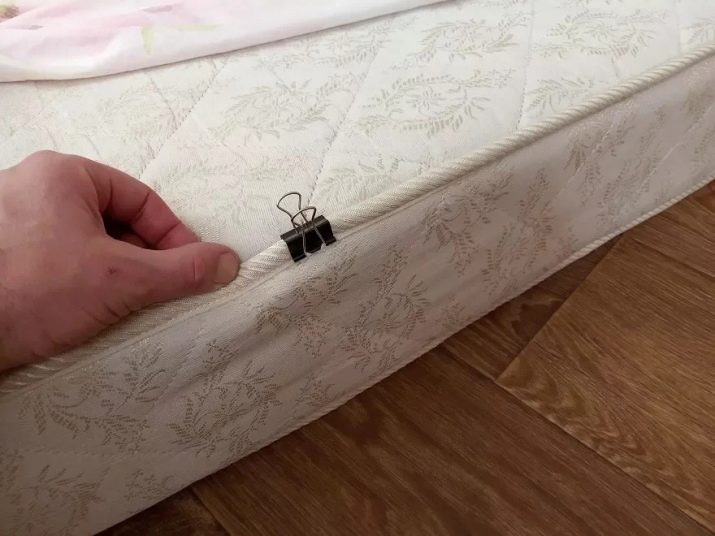
Clothespins for curtains
Curtain clips with rings can be used in place of clerical clips. To do this, small buttons are sewn to the mattress, clips for curtains are suspended from the rings on them and they grab the edges of the sheet. You can also sew the clips directly to the mattress using thin satin braid. The tape is threaded into the ring, a loop is made and sewn to the mattress. As a result, the sheet is clearly fixed with clamps and does not move out.
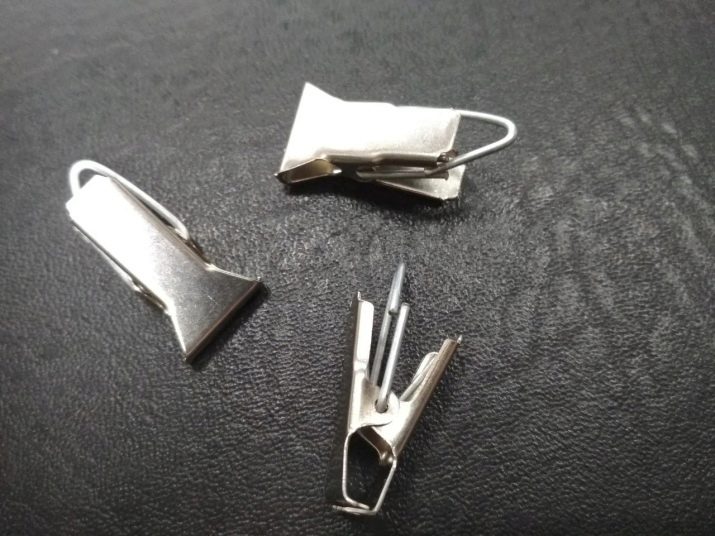
Safety pins
You can attach the sheet to the mattress using pins with plastic caps. The canvas is spread, leveled well and pinned around the perimeter to the mattress. A significant disadvantage of this method is the likelihood of injury from the point of a pin if it is accidentally unbuttoned.
In this connection, this method can be considered as temporary and used in hotels, sanatoriums and rest homes.
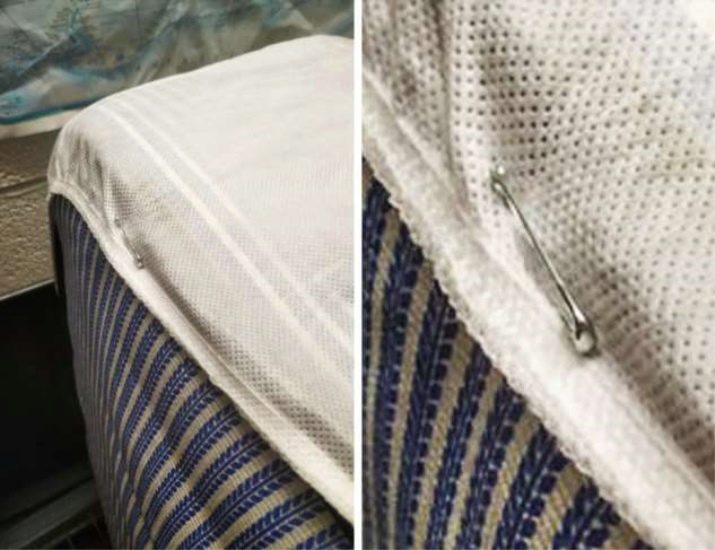
Useful Tips
In order for the sheet not to go astray, and in order for the sleep to be calm and strong, it is recommended to use simple tips.
- When fixing the sheet to the sofa, many available methods will not work. No buttons, curtain clips or pins can be attached to it. This is due to the daily disassembly / assembly of the sofa and the fact that the sewn-on elements will spoil its appearance. In such a situation, only factory double or triple holders will help, which are able to fix the sheet even when the sofa is folded.
- When choosing bed linen, great attention should be paid to the fabric. It must be remembered that sheets made from a denser material hold on to mattresses much better than thin models made of weightless materials. Moreover, dense fabrics made from natural fibers "breathe" better, and therefore do not cause profuse sweating. As a result, the sheet stays dry, does not stick to the body and, as a result, moves out less. The most optimal choice would be to purchase bed linen made of thick coarse calico, jacquard or regular cotton. It is better to avoid silk, satin and synthetic models: they have a slippery surface and stick to the body in hot weather.
- To prevent sheets from rolling off orthopedic mattresses, it is recommended to use mattress toppers. They are covers made of dense rough fabric, the structure of which provides good adhesion to the sheet and prevents it from slipping. Among other things, the mattress topper protects the mattress from dirt and unpleasant odors, thereby increasing its service life.
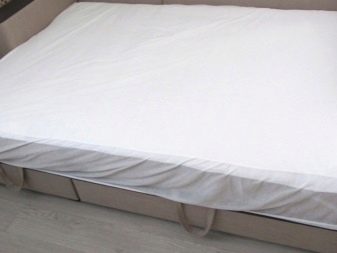
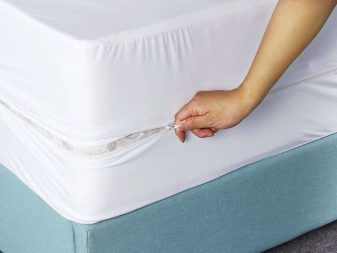
See below for instructions on how to secure the sheet to the mattress.








